What's the healthiest energy drink? Top choices backed by science
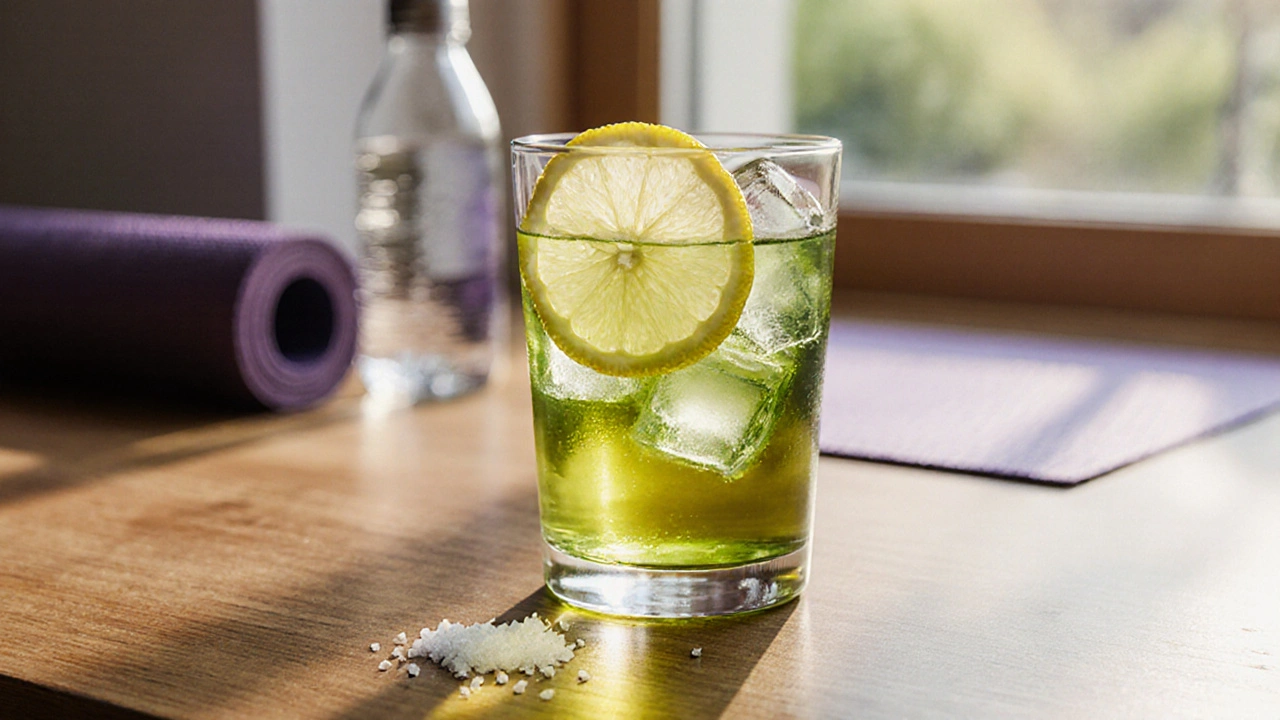
If you're reaching for an energy drink to get through a workout, a long shift, or a late-night study session, you're not alone. But not all energy drinks are created equal. Some are basically sugar bombs with a splash of caffeine. Others are packed with artificial junk you wouldn’t feed your pet. So what’s the healthiest energy drink out there right now? It’s not about the brand name or the flashy packaging. It’s about what’s actually inside the can.
What makes an energy drink healthy?
A healthy energy drink doesn’t just give you a quick buzz. It gives you clean, lasting energy without crashing, without jitters, and without a sugar hangover the next day. So what should you look for?
- Caffeine: Between 80-150 mg per serving. That’s about the amount in a strong cup of coffee. More than that increases heart strain and sleep disruption.
- Sugar: Under 5 grams per can. Ideally, zero. Natural sweeteners like stevia or monk fruit are fine. High-fructose corn syrup? Avoid it.
- Electrolytes: Sodium, potassium, magnesium. These help with hydration and muscle function-especially important if you’re sweating.
- Additives: No artificial colors, no preservatives like sodium benzoate, no synthetic amino acids like taurine in excessive amounts (more than 1,000 mg per serving is unnecessary).
- Ingredients you can pronounce: If it reads like a chemistry lab report, walk away.
There’s no magic ingredient that turns a soda into a health drink. But when you combine clean caffeine, minimal sugar, and real electrolytes, you get something that actually supports your body instead of taxing it.
Top 5 healthiest energy drinks in 2025
Based on ingredient analysis, clinical studies on caffeine metabolism, and feedback from sports nutritionists, here are the five best options currently available in Australia and globally.
1. Kill Cliff IGNITE
This one’s designed with athletes in mind. Each can has 150 mg of caffeine from green tea extract, zero sugar, and 10% of your daily electrolytes from coconut water and sea salt. It’s sweetened with stevia and monk fruit. No artificial colors. No preservatives. It’s also FDA-compliant and third-party tested for banned substances-important if you’re a competitive athlete.
It doesn’t taste like soda. It’s more like lightly sweetened iced tea with a citrus kick. If you’ve tried other "healthy" energy drinks and thought they tasted like medicine, give this one a shot.
2. Zevia Energy
Zevia has been around for years, and for good reason. It uses 120 mg of caffeine from natural sources and sweetens with stevia. Zero calories. Zero sugar. No aspartame. No sucralose. It comes in flavors like cola, cherry, and grapefruit.
The downside? Some people find the stevia aftertaste noticeable. But if you’re used to it, Zevia is a reliable, widely available option. You can find it in most Coles and Woolworths now.
3. Runa Clean Energy
Runa uses guayusa, a naturally caffeinated leaf from the Amazon rainforest. Each can has 150 mg of caffeine-similar to coffee-but with fewer jitters. Why? Guayusa has a unique blend of antioxidants and theophylline, which smooths out the caffeine spike.
It’s USDA Organic, non-GMO, and sweetened with organic cane sugar-but only 2 grams per can. That’s less than half a teaspoon. It’s also packaged in recyclable aluminum.
If you want something that feels more "natural" than engineered, Runa delivers. It’s a little harder to find in Australia, but online retailers like The Healthy Life Shop stock it.
4. Celsius
Celsius is marketed as a fitness drink, and it’s got the science to back it up. It contains 200 mg of caffeine (on the higher end), but also includes green tea extract, ginger root, and a blend of B vitamins. The company claims it boosts metabolism-some small studies support that, though results vary.
It’s sweetened with stevia and sucralose. While sucralose is approved by health agencies, some people prefer to avoid artificial sweeteners entirely. Still, it’s sugar-free, low-calorie, and has no artificial colors.
Best for: People who train hard and want a strong, sustained energy boost. Not ideal for caffeine-sensitive folks.
5. Bubly Bounce
Don’t let the bubbly name fool you. Bubly Bounce is a sparkling water with 100 mg of caffeine and zero sugar. Made by PepsiCo, it’s one of the cleanest options on the market. Ingredients? Carbonated water, natural flavors, caffeine, and citric acid. That’s it.
No sweeteners. No preservatives. No mystery additives. It’s essentially a sparkling water with a caffeine boost. Perfect if you want something light, refreshing, and barely there.
It’s not going to give you a huge jolt-but it won’t wreck your sleep either. Great for afternoon slumps or light workouts.
What to avoid at all costs
Some drinks are so bad they shouldn’t even be called energy drinks. Here are the red flags:
- Monster, Red Bull, Rockstar: These have 50+ grams of sugar per can-that’s over 12 teaspoons. One can exceeds your daily sugar limit. They also contain synthetic taurine, high doses of B vitamins (which your body can’t store), and artificial colors like Yellow 5 and Red 40.
- Full Throttle, NOS, Bang: Bang has 300 mg of caffeine and synthetic creatine. That’s overkill for anyone not in professional sports. The flavorings are unregulated, and the long-term effects of consuming synthetic creatine in drinks aren’t fully known.
- Any drink with "energy blend" or "proprietary formula": If the label hides the exact amounts of ingredients, it’s a red flag. Transparency matters.
These drinks aren’t just unhealthy-they’re designed to hook you. Sugar spikes and crashes create dependency. Artificial flavors train your palate to crave intense sweetness. Over time, your body starts needing more to feel "normal."

Why homemade is still the best option
Even the healthiest store-bought energy drink can’t beat a simple homemade version. Here’s a quick recipe that takes two minutes:
- Fill a glass with 1 cup of cold brewed green tea (cooled in the fridge).
- Add 1/2 teaspoon of sea salt or a pinch of Himalayan pink salt.
- Squeeze in half a lemon.
- Stir in 1/2 teaspoon of raw honey (optional, for a touch of sweetness).
- Add ice and a splash of sparkling water if you like fizz.
This gives you:
- ~70 mg caffeine from green tea
- Electrolytes from salt
- Vitamin C from lemon
- No additives, no preservatives, no mystery chemicals
It’s cheaper than buying cans. It’s better for your teeth. And you control every ingredient. If you’re serious about health, this is your baseline.
Who should skip energy drinks entirely?
Not everyone needs them. If you fall into any of these categories, skip the cans:
- Under 18: Your brain is still developing. Caffeine can interfere with sleep cycles and stress hormones.
- Pregnant or breastfeeding: Caffeine crosses the placenta and enters breast milk. Experts recommend under 200 mg per day-so even one can of Celsius might be too much.
- Have heart issues or high blood pressure: Caffeine raises heart rate and blood pressure. Talk to your doctor before consuming any stimulant.
- Struggle with anxiety or insomnia: Caffeine amplifies both.
If you’re tired all the time, an energy drink won’t fix that. Sleep, hydration, and balanced meals do.
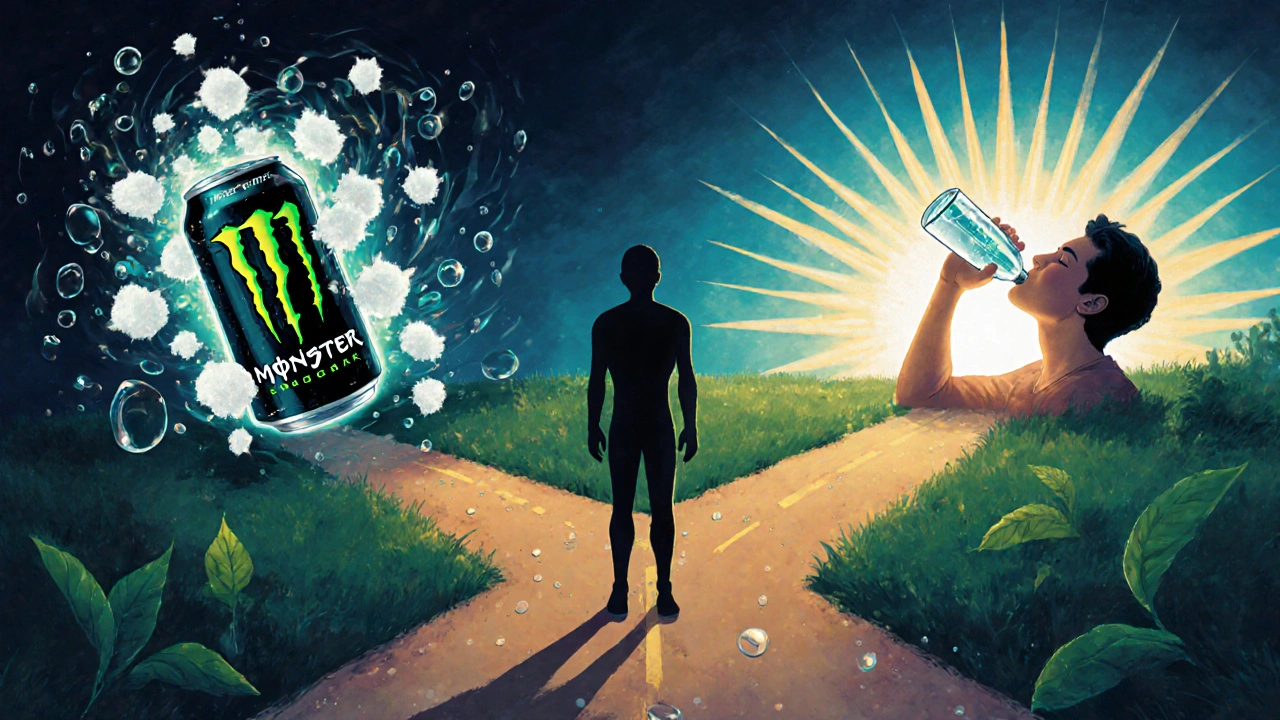
Final verdict: What’s the healthiest energy drink?
There’s no single "best" for everyone. But if you want the cleanest, most balanced option with proven ingredients, Kill Cliff IGNITE leads the pack. It’s low in sugar, high in electrolytes, transparent about ingredients, and designed for active people.
For a simpler, cheaper, and even cleaner option, go with Bubly Bounce or make your own green tea + salt + lemon drink.
Forget the hype. The healthiest energy drink isn’t the one with the most buzz. It’s the one that leaves you feeling clear-headed, hydrated, and energized-without the crash, the guilt, or the chemical aftertaste.
Is there a sugar-free energy drink that’s actually healthy?
Yes. Drinks like Kill Cliff IGNITE, Zevia Energy, and Bubly Bounce have zero sugar and use natural sweeteners like stevia or monk fruit. They avoid artificial colors, preservatives, and synthetic additives. But "healthy" doesn’t mean they’re a substitute for sleep or good nutrition. Use them as occasional boosts, not daily crutches.
Can energy drinks help with workouts?
A clean energy drink with 80-150 mg of caffeine and electrolytes can improve focus and endurance during intense workouts. Studies show caffeine enhances muscle performance and delays fatigue. But if you’re drinking a sugary soda before the gym, you’re just trading sugar for energy-and you’ll crash harder afterward. Stick to low-sugar, electrolyte-rich options.
Are natural energy drinks better than artificial ones?
Generally, yes. Natural sources of caffeine-like green tea, guayusa, or coffee-come with antioxidants and other compounds that smooth out the caffeine spike. Artificial caffeine in energy drinks is often isolated and combined with chemicals that can irritate your stomach or disrupt sleep. Natural doesn’t always mean perfect, but it’s usually safer.
How much caffeine is too much in a day?
For most healthy adults, up to 400 mg of caffeine per day is considered safe by the FDA. That’s about 2-3 cans of most healthy energy drinks. But if you’re sensitive to caffeine, pregnant, or have anxiety, aim for under 200 mg. More than that increases risk of heart palpitations, insomnia, and jitteriness.
Do energy drinks dehydrate you?
Traditional sugary energy drinks can have a mild diuretic effect due to caffeine, but the sugar and sodium in them can also pull water into your bloodstream. The real issue? They don’t replace lost electrolytes. If you’re sweating, drink water or a low-sugar electrolyte drink. Don’t rely on energy drinks for hydration.
Next steps: What to do tomorrow
Don’t wait for the perfect energy drink. Start with what you have.
- Check your current energy drink’s label. If it has more than 5 grams of sugar or a list of ingredients you can’t read, swap it out.
- Try one of the top five options listed above. Keep a journal: how did you feel 30 minutes after? An hour later? Did you crash?
- Make your own green tea + salt + lemon drink once this week. Compare how you feel versus a store-bought one.
- If you’re using energy drinks daily, start cutting back. Replace one can a day with water, herbal tea, or a walk outside.
Energy drinks aren’t evil. But they’re not health food either. Treat them like coffee-not breakfast.

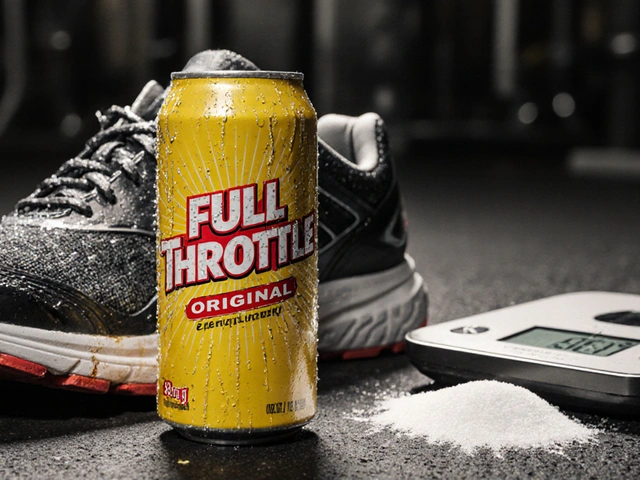

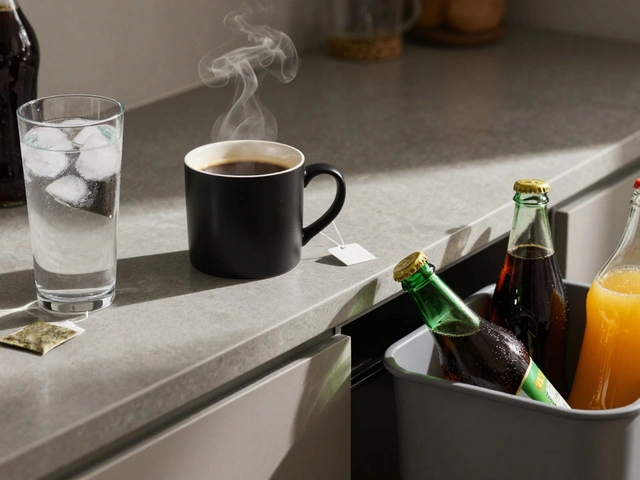
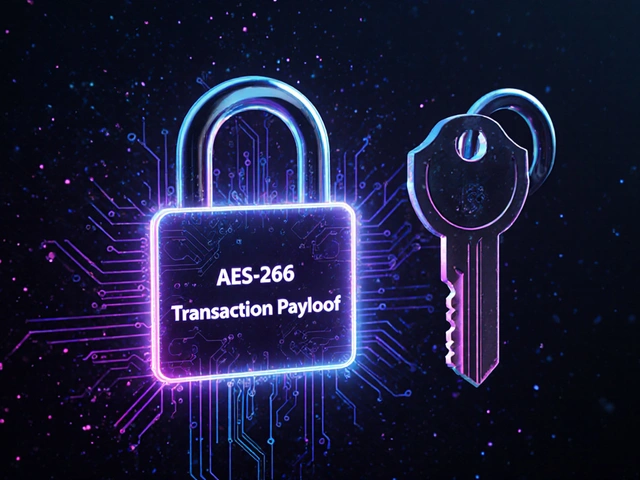
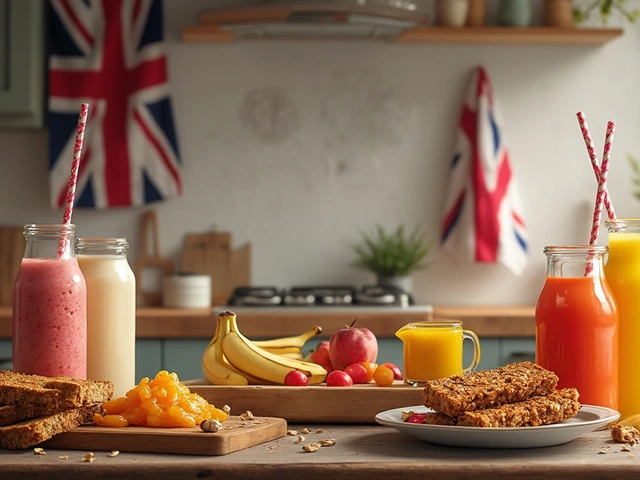
Comments (14)
Rahul U.
21 Nov 2025
Kill Cliff IGNITE is legit my go-to now 🙌 No sugar, clean caffeine, and it actually keeps me focused without the crash. Tried Zevia but the stevia aftertaste made me gag. This one tastes like citrus tea and I don’t feel like I need a nap after. Also, the electrolytes? Game changer for my morning runs.
E Jones
22 Nov 2025
Let me tell you something the corporate wellness drones don’t want you to know - every single one of these ‘healthy’ energy drinks is still a Trojan horse. The FDA? Controlled by Big Beverage. Stevia? A genetically modified plant extract disguised as ‘natural.’ Monk fruit? Cultivated in Chinese factories with child labor. And don’t even get me started on ‘third-party tested’ - that’s just a fancy way of saying they paid someone to look the other way. Bubly Bounce? PepsiCo. That’s the same company that sold you Mountain Dew and then told you it was ‘for athletes.’ Wake up. The only real energy is sunlight, sleep, and silence. Everything else is a slow poison wrapped in a recyclable can.
Barbara & Greg
23 Nov 2025
While I appreciate the attempt at scientific rigor, the underlying assumption that energy drinks can be ‘healthy’ is fundamentally flawed. Energy drinks, by their very nature, are pharmacological interventions designed to artificially alter neurochemical states. To label any of these products as ‘health food’ is a semantic distortion that erodes public understanding of nutrition. The body does not require external stimulants to perform daily tasks. If one requires an energy drink to complete a workout or study session, the root issue lies in sleep hygiene, dietary imbalance, or chronic stress - not in the absence of a ‘clean’ caffeine source. One cannot pharmacologically compensate for systemic neglect.
selma souza
24 Nov 2025
You say ‘zero sugar’ but then recommend drinks with sucralose. That’s not zero sugar - that’s zero natural sugar and a synthetic chemical that has been shown to alter gut microbiota. Also, ‘natural flavors’ is not an ingredient - it’s a loophole. And you list ‘guayusa’ as natural but don’t mention it’s often processed with hexane. And why is Celsius on the list when it contains sucralose AND stevia? That’s redundant and unnecessary. Also, ‘Bubly Bounce’? That’s a Pepsi product. You can’t call it clean when the parent company markets sugary soda to children. You missed the point.
Frank Piccolo
25 Nov 2025
Look, I get it. You’re trying to sound smart. But let’s be real - if you’re drinking an energy drink at all, you’re already doing it wrong. And if you think Kill Cliff is ‘healthy,’ you’ve been scammed by influencer marketing. I’ve been in the gym for 20 years. I don’t need a can of overpriced tea water to lift weights. Coffee. Water. Sleep. That’s it. Everything else is just capitalism selling you a placebo with a fitness influencer’s face on it. And don’t get me started on ‘natural’ - everything in that list is imported from somewhere with worse labor laws than my local Walmart. This isn’t health. It’s trend.
James Boggs
25 Nov 2025
Great breakdown - very thoughtful and well-researched. I’ve switched to Bubly Bounce since reading this, and I can confirm it’s perfect for afternoon focus without the jitters. Also, the homemade green tea recipe is now my daily ritual. Simple, effective, and no guilt. Thanks for sharing!
Addison Smart
26 Nov 2025
I grew up in rural India drinking chai with jaggery and cardamom - no caffeine spikes, no crashes, just warmth and rhythm. What’s fascinating is how Western culture has turned energy into a product to be bought, not a state to be cultivated. The real innovation isn’t in the can - it’s in reclaiming the idea that rest, hydration, and mindful movement are the original performance enhancers. I’ve tried all five listed drinks. Kill Cliff is clean, yes. But nothing compares to sitting outside with a thermos of green tea, breathing slow, and letting the sun reset your nervous system. Maybe the healthiest drink is the one you don’t buy - the one you make with silence.
David Smith
27 Nov 2025
Oh my god I can’t believe you actually listed Celsius. That’s the drink that made my friend have a panic attack and cry in the grocery store. Like, what even is that? 200mg of caffeine and then they throw in ginger root like it’s some kind of spiritual cleanse? It’s not medicine, it’s a chemical bomb. And Bubly Bounce? That’s just sparkling water with a caffeine IV drip. I tried it once and my heart felt like it was trying to escape my chest. This whole article is just a sponsored ad for Big Energy. Wake up people.
Lissa Veldhuis
28 Nov 2025
Okay but who even cares about electrolytes in an energy drink? You’re not running a marathon you’re just scrolling TikTok at 2am. And stevia tastes like plastic and regret. I tried Zevia and it made me want to scream. Kill Cliff? Tastes like a gym bro’s dream and a dentist’s nightmare. The only real energy drink is Red Bull. It’s sugar, it’s caffeine, it’s loud and it’s proud. If you’re gonna be sick, be sick with flavor. Also why are we pretending this is a health article? It’s not. It’s a marketing brochure with footnotes.
Michael Jones
29 Nov 2025
Stop overthinking it. You want energy? Move. Walk outside. Drink water. Breathe. Sleep. The body knows how to do this. You don’t need a can. You don’t need a label. You just need to stop being lazy and start living. The real hack is not in the ingredients - it’s in the habit. Stop reaching for the can and start reaching for the door.
allison berroteran
29 Nov 2025
I love how this post balances science with practicality. I used to drink energy drinks every day after work - I thought I needed them to stay awake. Then I started making the green tea + salt + lemon drink and it changed everything. I still have one can of Bubly Bounce on hand for days I’m overwhelmed, but now I notice how much better I feel without it. The real win isn’t the caffeine - it’s the awareness. Thank you for not just listing products but helping us reflect on why we reach for them in the first place. It’s not about the drink. It’s about listening to your body.
Gabby Love
30 Nov 2025
Just a quick note - if you’re using Kill Cliff or Zevia, make sure you’re buying the right flavor. Some versions have added citric acid that can irritate your stomach if you’re sensitive. The original mango and citrus flavors are the cleanest. Also, the homemade recipe? Perfect. I add a tiny bit of ginger for digestion. Works like a charm. No judgment here - just helpful tweaks.
Jen Kay
1 Dec 2025
Wow. You really went all out with the ‘health halo’ marketing. Let’s be honest - if you’re proud of drinking a $3.50 can of stevia-infused water with ‘electrolytes,’ you’ve been sold a fantasy. The real ‘clean’ energy drink is the one you brew yourself. And if you’re still buying these, maybe ask yourself: why am I so tired that I need a can of marketing to get through the day? Just saying.
Michael Thomas
1 Dec 2025
None of these are better than coffee. End of story. You want electrolytes? Drink broth. You want caffeine? Brew beans. Everything else is just corporate noise. America’s obsessed with overcomplicating simple things. This isn’t health. It’s consumerism with a yoga mat.